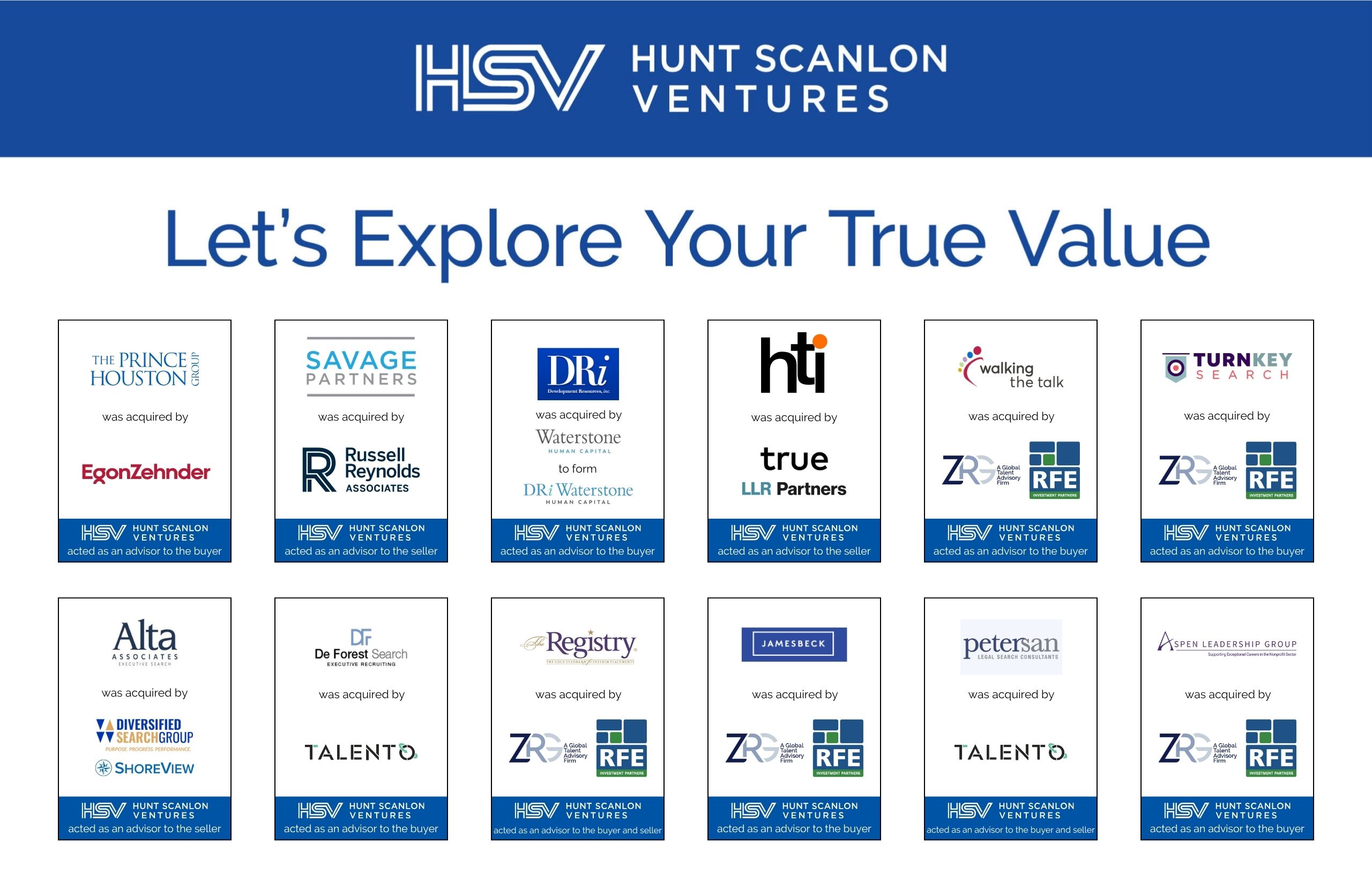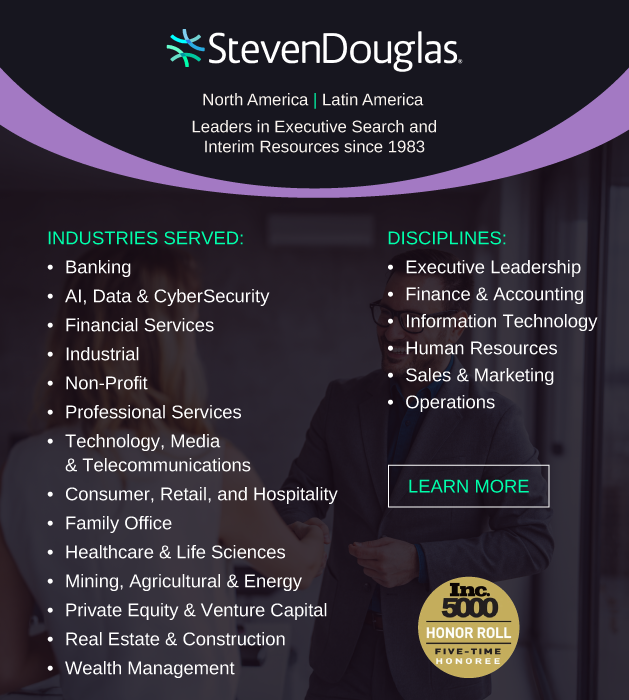The VC sector is navigating uncharted waters heading into 2025, driven by groundbreaking innovations and unprecedented challenges. Leo Cummings, an Associate at Hunt Scanlon Ventures, explores how these forces are shaping the VC ecosystem and the critical role talent will play in driving success.
The latest PitchBook NVCA Venture Monitor report offers up a revealing look at how the new year might unfold for a sector that has been under water for three years.
According to the company’s analysts, artificial intelligence (AI) continues to dominate investment strategies, accounting for nearly half of total VC deal value. Traditional hubs like the Bay Area and New York have maintained their dominance, while smaller markets strive to establish their foothold. Meanwhile, prolonged exit timelines and concentrated fundraising dynamics are reshaping how firms deploy capital and adapt to market realities.
“The forces shaping VC highlight both the opportunities and challenges that define venture capital’s transformative moment,” said Leo Cummings, an Associate at Hunt Scanlon Ventures based in Greenwich, Conn.
“AI dominated the narrative in last year and likely will continue doing so in 2025,” noted the PitchBook report. With 46.4% of total VC deal value stemming from AI startups, this sector has emerged as the leading driver of innovation. Deals involving Databricks, OpenAI, and Anthropic reflect the immense investor appetite for AI’s transformative potential.
AI isn’t merely a buzzword, but a structural shift reshaping industries – and VC firms are allocating significant resources to AI startups. However, the sector’s rapid growth presents challenges, from managing inherent ethical risks to ensuring responsible innovation.
“AI is revolutionizing the venture capital landscape,” said Mr. Cummings. “Firms that prioritize talent acquisition in this space will gain the upper hand; securing the right expertise is critical for leveraging AI’s full potential and creating a virtuous cycle of innovation and growth.”
“AI is revolutionizing the venture capital landscape. Firms that prioritize talent acquisition in this space will gain a competitive edge.”
Bay Area and NY Dominance
The Bay Area remains the crown jewel of venture capital, accounting for $46 billion in deal value across 661 deals last year in Q4 alone, according to PitchBook. Similarly, New York continues to thrive, contributing $5.8 billion in deal value. These regions’ dominance stems from their extensive investor networks, proximity to leading universities, and vibrant entrepreneurial ecosystems.
“Operating in competitive hubs like the Bay Area and New York requires more than just capital,” said Mr. Cummings. “It demands innovative talent strategies that ensure firms attract and retain the best professionals in these ultra-competitive markets.”
While smaller markets are gaining traction, they face challenges in competing with these more established ecosystems, said Mr. Cummings. Emerging hubs often lack the concentration of resources and experienced professionals. “Building robust networks and unique value propositions will be crucial for smaller hubs to remain competitive,” he noted. Emerging hubs include Boston, LA, Denver, Philadelphia, Austin, Chicago, Miami and Seattle, among others.
“Operating in competitive hubs like the Bay Area and New York demands innovative talent strategies.”
Extended Timelines to Exit
According to the PitchBook data, exits are taking longer to materialize for VC-backed companies, with many unicorns now over nine years removed from their initial funding rounds. “The median time since their first VC round is currently 8.5 years,” said PitchBook, highlighting a shift toward patient capital. Economic volatility and increased regulatory scrutiny have contributed to this trend.
“Leadership plays a pivotal role in navigating these longer timelines,” said Mr. Cummings. “Strong leaders who can balance immediate operational needs with long-term growth strategies will determine whether firms thrive or falter,” he said. “Recruiters are seeking new types of leaders for this new reality.”
Prolonged exits also demand a rethinking of operational priorities. Firms are focusing more on value creation and sustainable growth, moving away from the rapid scale-at-all-costs approach that characterized earlier periods. “For many companies,” Mr. Cummings said, “this is a moment of recalibration – an opportunity to further build their strategies while preparing for the eventual market turnaround.”
“Leadership plays a pivotal role in navigating these longer timelines. Strong leaders will determine whether firms thrive or falter. Recruiters are seeking new types of leaders for this new reality.”
Centralized Fundraising
The fundraising landscape last year was characterized by significant consolidation. According to PitchBook, Andreessen Horowitz led the pack by singlehandedly bringing in nearly 10% of the annual fundraising figure. The top 20 firms captured some 60% of all capital raised. This concentration underscores the advantages of scale, reputation, and established LP relationships.
Emerging managers face an uphill battle in this environment. They must differentiate themselves by offering unique value propositions and showcasing innovative approaches to portfolio management, said PitchBook. “One way they are doing this is by assembling lean, high-performing teams,” said Mr. Cummings.
But it’s not just emerging managers that need to adapt. Established firms are leveraging their dominance to explore new frontiers, expanding their reach into untapped sectors and geographies. In many ways, Mr. Cummings said, these firms are reshaping the definition of what it means to lead in the venture capital space. “By doubling down on strategic hiring and sector diversification, they are positioning themselves for building a sustained leadership bench in an increasingly competitive market.”
Looking Ahead
As 2025 unfolds, the venture capital industry stands at a crossroads. Advancements in AI, the enduring strength of traditional hubs, and the challenges of extended exits and concentrated fundraising are defining this pivotal year.
While challenges persist, VC remains a critical engine of innovation and growth. “The venture capital market is entering a transformative phase,” said Mr. Cummings. “For firms ready to innovate and align their talent strategies with these market realities, the opportunities are boundless.”
Article By

Leo Cummings
Leo Cummings is Editor-in-Chief of ExitUp, the investment blog from Hunt Scanlon Ventures designed for professionals across the human capital M&A sector. Leo serves as an Associate for Hunt Scanlon Ventures, providing robust industry research to support the firm’s investment group.






